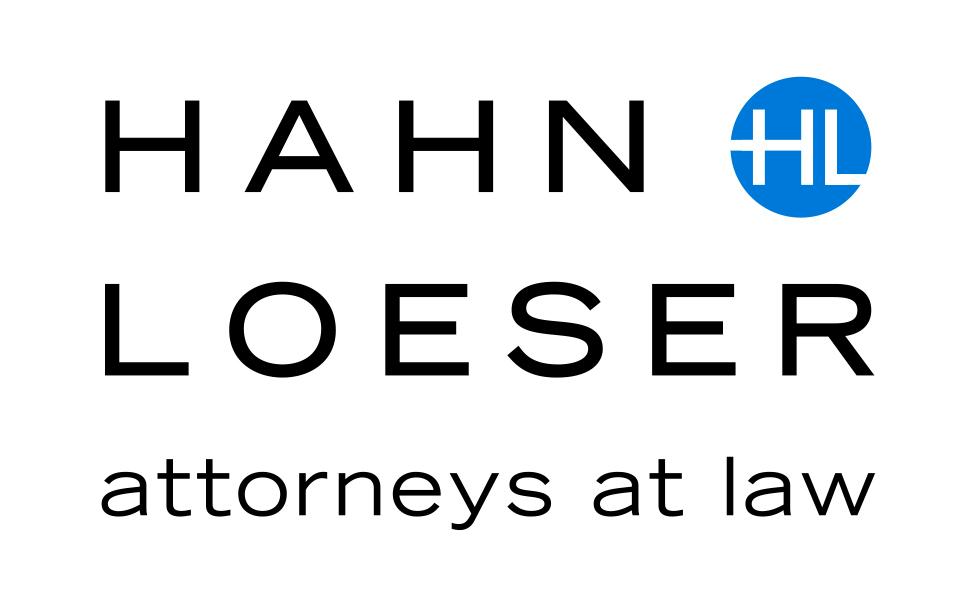Plan and settlement negotiation leverage will be shifting in Chapter 11 cases as a result of the United States Supreme Court’s 6-2 decision issued on March 22. In Czyzewski, et al. v. Jevic Holding Corp., et al. (No. 15-649), the Supreme Court held that Bankruptcy Courts lack the power to approve so-called “structured dismissals” of Chapter 11 cases where a class of junior creditors received consideration from the estate and a higher class of creditors under the Bankruptcy Code’s distributive scheme receives nothing. In the Jevic case, the structured settlement provided for the estate to release all claims against senior creditors and the debtor’s owners where the settlement and distribution to the debtor’s general unsecured creditors was contingent upon the dismissal of the Chapter 11 case and upon a class of priority creditors receiving no part of the distribution. The assets to be distributed by the estate were the settlement consideration received by the estate from the debtor’s owner and senior secured lender in exchange for the estate’s release of certain claims against them. The lower courts approved the settlement and structured dismissal based on the theory that the class of objecting, priority creditors would have received nothing in any event; and, therefore, lost nothing as a result of the settlement. The Supreme Court disagreed, holding that the class of priority creditors would have been in the position to assert the very claims that were settled and released in the structured dismissal, or at least potentially to receive some of the proceeds.
The upshot of this decision is that it will be harder to achieve structured settlements by isolating recalcitrant creditors if they are at a level equal to or higher (under the Bankruptcy Code) than creditors receiving settlement proceeds. The Jevic case may have the effect of prolonging litigation or reducing some settlement values. Structured dismissals will require careful planning, and perhaps eliminating objections of all interested parties, if they are to proceed. Structured dismissals will need to address the Supreme Court’s mandate that creditors receive their due under the Bankruptcy Code’s priority scheme, which, generally speaking, first pays secured creditors, then priority creditors and finally unsecured creditors, followed by equity holders.
In the Jevic case, a leverage buyout (LBO) of Jevic Transportation Company by an affiliate of Sun Capital Partners financed by The CIT Group failed as the business was unable to meet its obligations only year-two of the LBO. In the ensuing Chapter 11 filing of the trucking business, the company was unable to reorganize. The failed LBO also spawned two lawsuits. The debtor’s former employees sued Sun for alleged damages due to the debtor’s failure to give a WARN notice to the former employees. In addition, the creditors’ committee sued Sun and CIT, alleging that the LBO was a fraudulent conveyance. It is the fraudulent conveyance claim that was settled by Sun and CIT pursuant to the structured dismissal, for a total payment in the amount of $3.7 million. This settlement was subject to Sun’s condition that none of the proceeds go to the former employees (priority creditors), the rationale being that such proceeds ultimately could be used by former employees to fund litigation of their claims against Sun. The Supreme Court took note of the fact that, despite this condition, Sun defeated the former employees’ lawsuit by the time the appeal reached the Supreme Court.
Justices Thomas and Alito filed a dissenting opinion not challenging the ruling on the merits, but instead asserting that the Supreme Court’s agreement to review the lower court’s ruling was, in retrospect, improvidently granted.





